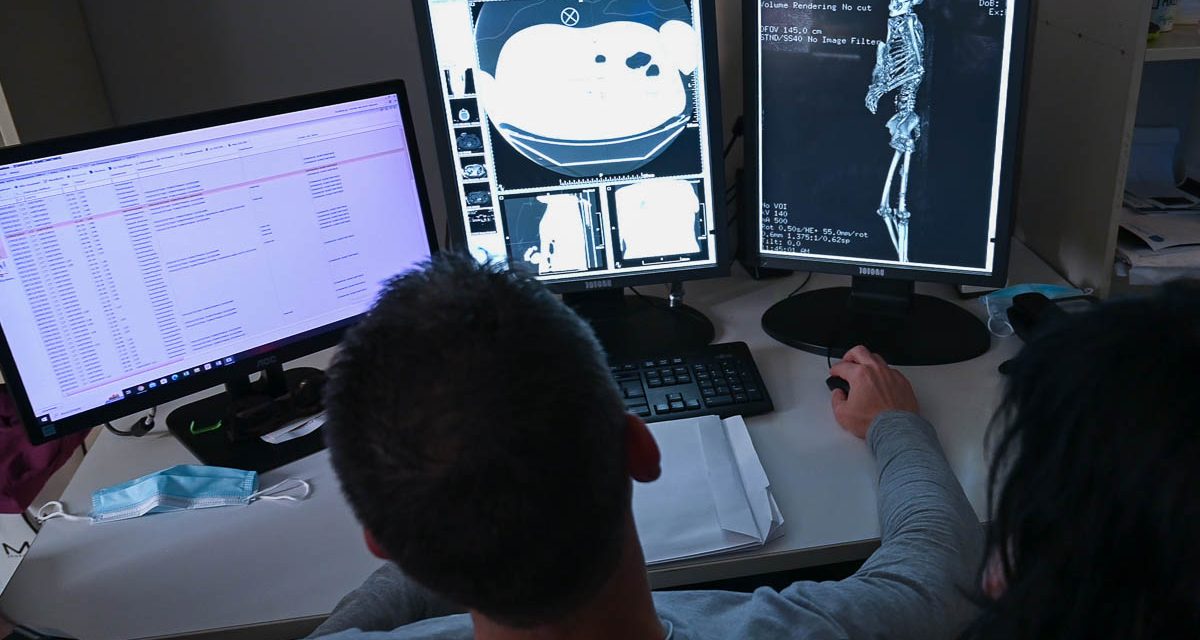Media release: Morrison Government easing cost of child care for families from today


The Hon Stuart Robert MP
Acting Minister for Education and Youth
Senator the Hon Linda Reynolds
Minister for Government Services
Senator the Hon Jane Hume MP
Minister for Women’s Economic Security
MEDIA RELEASE
Monday, 7 March 2022
Morrison Government easing cost of child care for families from today
From today, out-of-pocket child care costs will ease significantly for families with multiple children aged five or under.
Acting Minister for Education and Youth, Stuart Robert, said the Morrison Government had lifted the rate of Child Care Subsidy (CCS) by 30 percentage points for the second child aged five or under and any younger children in child care, up to a maximum rate of 95 per cent.
The higher subsidy will boost support for working families and follows the removal of the annual CCS cap of $10,655 for families earning over $190,015 (in 2021-22 terms) from 10 December 2021 – and beyond.
‘These measures will ease the cost of child care for about 250,000 families across Australia who on average will be $2,260 a year better off. That means more money in their pocket each week,’ Minister Robert said.
‘For a family who are charged a typical fee and earn $120,000 a year with two children in child care for five days per week, the saving will be $144 per week compared to current settings.’
The Government introduced the CCS in 2018 as a means-tested subsidy to ensure those who earn the least receive the highest level of subsidy.
‘The increase will make the CCS work even harder for low and middle-income families with more than one child in care, bringing their child care costs down significantly,’ Minister Robert said.
Minister for Government Services, Senator Linda Reynolds said the increase in CCS had been brought forward by the Government by four months to maximise savings for eligible families.
‘We worked hard through Services Australia to bring forward the increased subsidy from 1 July 2022 to today, to ensure families can benefit as soon as possible,’ Minister Reynolds said.
‘Importantly, the additional funds will automatically flow to eligible families without the need to apply to Services Australia for the increased subsidy.
‘While Labor prefers higher taxes, the Morrison Government is focused on reducing cost of living pressures for families,” Minister Reynolds said.
Minister for Women’s Economic Security, Jane Hume, said Australian families are being supported by record levels of child care funding.
‘The Morrison Government’s increased investment of around $10.3 billion this financial year alone, means that around one million Australian families who use child care will benefit,’ Minister Hume said.
‘Child care has the potential to remove barriers and to provide opportunities to those who need it most.
‘It’s all about empowerment, not dependence. Unlike Labor’s universal child care for millionaires, the Morrison Government is targeting our child care spend to make sure carers, overwhelmingly women, get the choices and chances they expect and deserve.’
Minister Robert said the Morrison Government is committed to ensuring families can continue to access high quality, affordable early childhood education and care, and supporting opportunities for more parents to engage in work, training and study.
‘The average hourly out-of-pocket costs for children using Centre Based Day Care are 18 per cent lower than in 2018; at $4 an hour in March 2021, down from $4.87 in June 2018,’ Minister Robert said.
‘Families keen to know their benefits under the increased CCS can go to the new StartingBlocks.gov.au website and use the simple family estimator.’
[ENDS]
Media contact: Minister Robert’s Office (02) 6277 7610
Minister Reynolds’ Office 0456 822 252
Minister Hume’s Office (02) 6277 7320
Background
Table: What increased CCS means for families with two children in child care five days a week
| Family income | Previous out-of-pocket child care cost per week | Current subsidy (standard CCS rate) |
New 2nd child subsidy | Future out-of-pocket child care cost per week |
Total better off per week |
| $40,000 | $162 | 85% | 95% | $108 | $54 |
| $80,000 | $198 | 82% | 95% | $126 | $72 |
| $110,000 | $306 | 72% | 95% | $180 | $126 |
| $120,000 | $342 | 68% | 95% | $198 | $144 |
| $140,000 | $414 | 62% | 92% | $252 | $162 |
| $180,000 | $540 | 50% | 80% | $378 | $162 |





